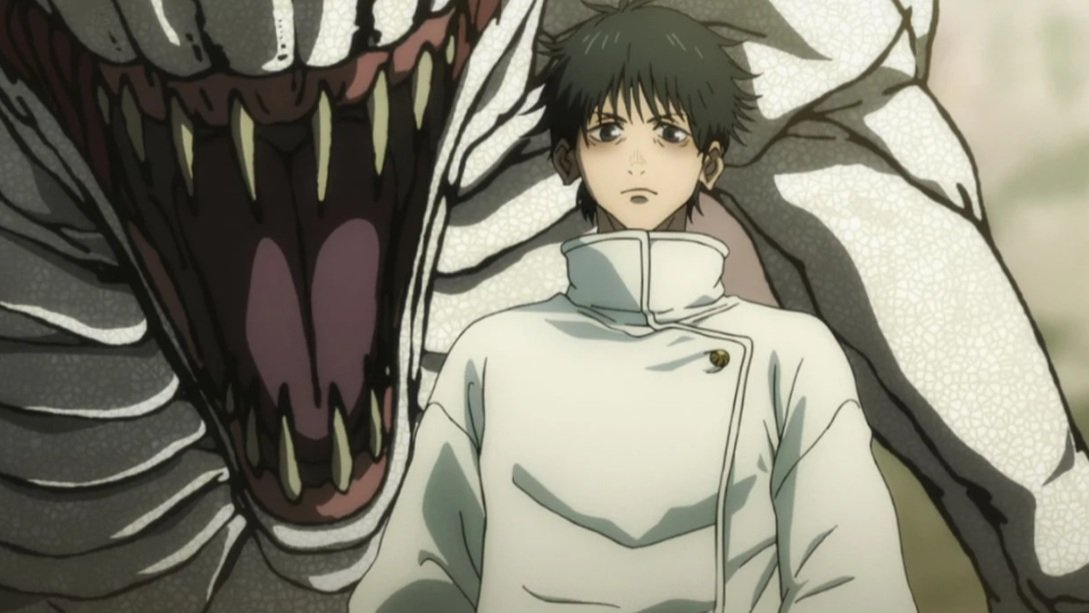Review: David Byrne's American Utopia
Just in case you thought Hamilton was the only America-centric piece of live theatre coming to your streaming services in the year of our Lord 2020, David Byrne’s American Utopia is dropping on HBO Max, appropriately, only a couple weeks before the US election. However, the political focus and their high ticket prices are about all the commonality Hamilton and American Utopia share. Where Hamilton is a densely-plotted, wildly optimistic musical that’s been widely critiqued for stubbornly refusing to confront the many issues within the American political system, American Utopia is basically a glorified concert with the lightest possible touch of narrative, intent on doing exactly what Hamilton refuses to do: look American injustice in the eye in order to one day achieve the ideal.
At first glance, it might seem a little like Byrne preaching to the choir; after all, this show’s audience are well-to-do New Yorkers who don’t really need to be told to be politically active and to go out and vote. But, when I saw this show two years ago in Georgia and Alabama, where the nosebleed seats cost about as much as a virtual film festival rental, these moments of political outreach hit much, much different.
However, these themes were much more loose in the national tour version of this show. On Broadway and in this filmed version, new monologues delivered by Byrne and slight changes to the setlist ensure you always have these things in mind, even in the more euphoric moments. In doing this, there are occasionally redundant moments where Byrne overexplains something that’s easily gotten from context, but it doesn’t ever stop the momentum of this vibrant, thrilling concert experience.
These monologues also provide a bit more narrative structure to a performance that feels like it theoretically shouldn’t have any at all. After all, the set is a grey floor and a square curtain made of chains. The cast’s costumes are just grey suits that blend in with that background and stage. Even the choreography by Annie-B Parson may seem deceptively simple. But eliminating distractions like complicated sets or the usual concert trappings brings the sheer talent of the band to the forefront and accentuates the incredible diversity therein. Just that much alone creates something so special and so rich with story, much like its spiritual predecessor, Jonathan Demme’s Stop Making Sense.
Yeah, it’s a little impossible to discuss American Utopia without circling back to the original Talking Heads concert documentary at some point. There are echoes of Stop Making Sense all over this, from the building up the band in phases to having a song where the lights go down and Byrne stands alone with a bright lamp. However, in the way that Stop Making Sense perfectly captured what it must have felt like to attend a Talking Heads concert, this filmed version of this show is kinda different from what it felt like to experience this live in-person. Director Spike Lee’s auteur filmmaking puts the cameras in lots of places with a lot of perspectives you’d never get to see live. It's a special treat in a live show this visually stunning, because each new shot gives you even more exciting stuff to take in, just when you thought there couldn’t be anything new to show you on this stage.
Lee also brings even more urgency to the political messaging of the film, because, well, of course he does. His style shines through most in how he tweaks the performance of Janelle Monáe’s protest anthem, “Hell You Talmbout”. The song has been ever-changing throughout the run of this show; the names are updated regularly with new victims of police brutality. Lee, however, drives the impact of the song home with portraits of them on the Utopia stage, often held by their loved ones. He adds even more urgency to the messages of the song and the show as a whole. His mark is an indelible one, so much so that the film really does feel like “A Spike Lee Joint,” despite being so singularly focused on Byrne’s creative vision.
Now, let’s not get lost in all that focus on intellectualism and politics, because unlike most things rooted in these sorts of things, this is an absolutely euphoric experience from top to bottom. It’s simply impossible to watch performances like “I Zimbra” or “Once in a Lifetime” and not want to jump up and dance right along with the band. That temptation proves impossible to fight off by the time you get to the classics “Burning Down the House” and “Road to Nowhere”. “Toe Jam”, too, is a deliriously good time, full of shots of dancing feet full of infectious energy that’s just irresistible.
The ecstasy is intrinsically linked to the theme of having empathy for our fellow human beings and Americans. There’s nothing quite like having this kind of religious experience in a room full of people feeling the same thing as you. There could not possibly be a better film to get released in this fraught time. If this blast of motivated optimism doesn’t give you the drive to get up and do more to improve your life and the lives of others by voting or donating or volunteering or whatever it takes to start towards the path to an American utopia, get your pulse checked.













